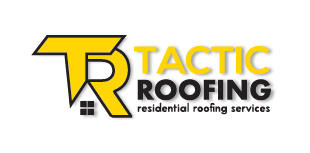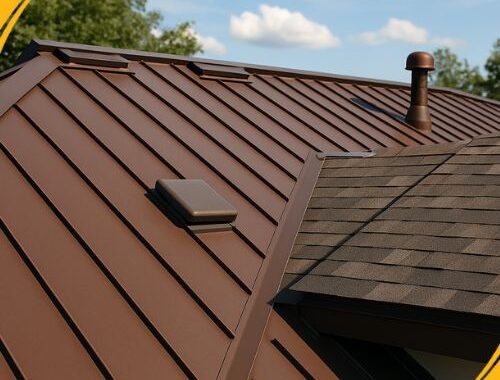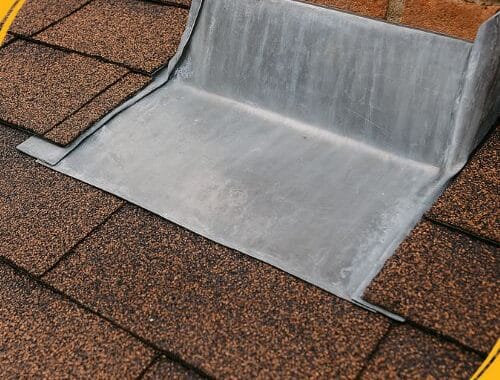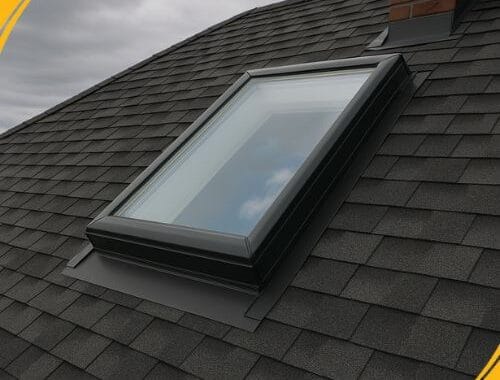When it comes to maintaining the integrity of your home, few elements are as crucial as your roof. A well-maintained roof keeps your home safe, dry, and protected from the elements. However, as time passes, your roof will inevitably show signs of wear and tear, particularly if it’s a flat roof. Unlike pitched roofs, flat roofs require different care and maintenance, and when they begin to deteriorate, they can lead to a host of issues. Recognizing the signs that it’s time for a flat roof replacement is essential for preserving the safety and value of your home. In this guide, we’ll explore the common signs that indicate your flat roof needs replacing, the cost of neglecting roof maintenance, and the importance of timely professional intervention.
The Unique Challenges of Flat Roofs
Flat roofs are popular for many reasons, especially in commercial and modern residential buildings. They offer space for rooftop gardens, HVAC systems, or even a place to relax. However, their design also presents unique challenges. Water drainage is one of the primary concerns for flat roofs. Unlike sloped roofs where water can easily run off, flat roofs tend to trap water, especially if the drainage system is clogged or improperly installed. This can lead to water pooling, which is one of the key indicators that a flat roof is in trouble.
Another challenge with flat roofs is their material composition. Many flat roofs are made from single-ply membranes, asphalt, or modified bitumen, which can degrade over time due to exposure to the sun’s UV rays and harsh weather conditions. The lifespan of these materials can vary, but they generally last between 15 to 30 years, depending on maintenance and climate. If your flat roof is nearing the end of its life cycle, it may be time to consider a replacement.
Common Signs It’s Time for a New Flat Roof
- Pooling Water or Ponding
One of the most obvious signs that your flat roof needs replacement is the presence of water pooling or ponding. If you notice water collecting in certain areas of your roof and it doesn’t drain away within 48 hours after rain, this is a serious red flag. Ponding water can quickly deteriorate roofing materials and cause leaks, which leads to more extensive damage. Even small pools of water can cause significant harm over time. - Frequent Leaks
Leaks are a common issue for all types of roofs, but with flat roofs, they can become more frequent and severe due to the stagnant water and the wear on the roofing materials. If you find yourself constantly dealing with leaks, it’s likely that your roof’s integrity has been compromised. Multiple leaks throughout the roof are a clear sign that the material has weakened and may be beyond repair. - Visible Cracks or Holes
Over time, flat roofing materials can crack, especially in regions with extreme temperatures or high levels of sun exposure. Cracks can lead to water infiltration, which can cause further damage to the roof and even affect the interior of your home. If you notice visible cracks or holes in your flat roof, it may be time to get a professional opinion on whether a replacement is necessary. - Blistering or Bubbling
If you see blisters or bubbles forming on the surface of your flat roof, it could be a sign of moisture trapped beneath the roofing material. This is often caused by poor installation or aging materials. Blisters can weaken the roof’s structural integrity, leading to leaks and further deterioration. A roof that’s starting to blister may need to be replaced soon to prevent further damage. - Deteriorating Flashing
Flashing is the material used to seal joints and seams on your roof. If the flashing becomes damaged or deteriorates, water can seep through the cracks, leading to leaks. In some cases, flashing can be repaired or replaced individually, but if the entire roof is compromised, a full replacement may be the best solution. - Old Age
Every roof has a lifespan, and once your flat roof reaches the end of that life, it’s no longer capable of protecting your home as effectively. Depending on the material, flat roofs generally last anywhere between 15 to 30 years. If your roof is approaching or exceeding this age range, it may be time to start thinking about a replacement to avoid potential costly repairs in the future. - Sagging or Structural Damage
A sagging roof is a serious issue that cannot be ignored. If you notice any dips or uneven areas on your roof, this could indicate a structural issue, such as weakened decking or support beams. In this case, it’s important to have the roof inspected immediately. A sagging roof may not only require replacement but could also pose a safety risk to those inside the building.
The Cost of Neglecting Roof Maintenance
Neglecting roof maintenance may seem like an easy way to save money in the short term, but the long-term costs can be far more significant. Regular roof inspections and maintenance can catch minor issues before they become major problems. If you ignore these early warning signs, the damage will continue to worsen, and the cost of repairs or even a full replacement will increase substantially.
For example, a small leak might seem insignificant at first, but over time, it can damage the roof’s structure, leading to mold growth, wood rot, and weakened insulation. This will not only increase repair costs but also affect the energy efficiency of your home. The cost of neglecting roof maintenance can also lead to health and safety risks, especially if structural integrity is compromised.
Investing in routine roof inspections and maintenance can extend the life of your roof and save you from unexpected large repair bills. Roof repair tips include cleaning gutters regularly, checking for signs of wear and tear, and ensuring the roof’s drainage system is working properly. By staying on top of maintenance, you can avoid costly repairs and maintain the value of your home.
When to Call in the Professionals
While some homeowners may be tempted to attempt DIY repairs, it’s always best to hire a professional roofing contractor when it’s time for a flat roof replacement. Roofing professionals have the expertise and experience to properly assess the condition of your roof and recommend the best course of action. They can also ensure that the job is done correctly, reducing the risk of further damage.
Tactic roofing, a well-known provider of roof replacement services, emphasizes the importance of working with qualified professionals to guarantee quality work and long-term results. A professional contractor will help you choose the right materials for your flat roof replacement and ensure that the installation is completed efficiently and safely.
Conclusion
Flat roof replacement is a significant decision, and recognizing the signs that it’s time for a new roof can save you from costly repairs and damage to your home. Water pooling, leaks, visible cracks, and blistering are all indicators that your roof may be past its prime. Regular maintenance is essential for extending the life of your flat roof and preventing major issues. Don’t neglect your roof—pay attention to the signs and seek professional help when necessary. A timely flat roof replacement will not only enhance the protection of your home but also ensure that it remains a safe and comfortable place for years to come.




